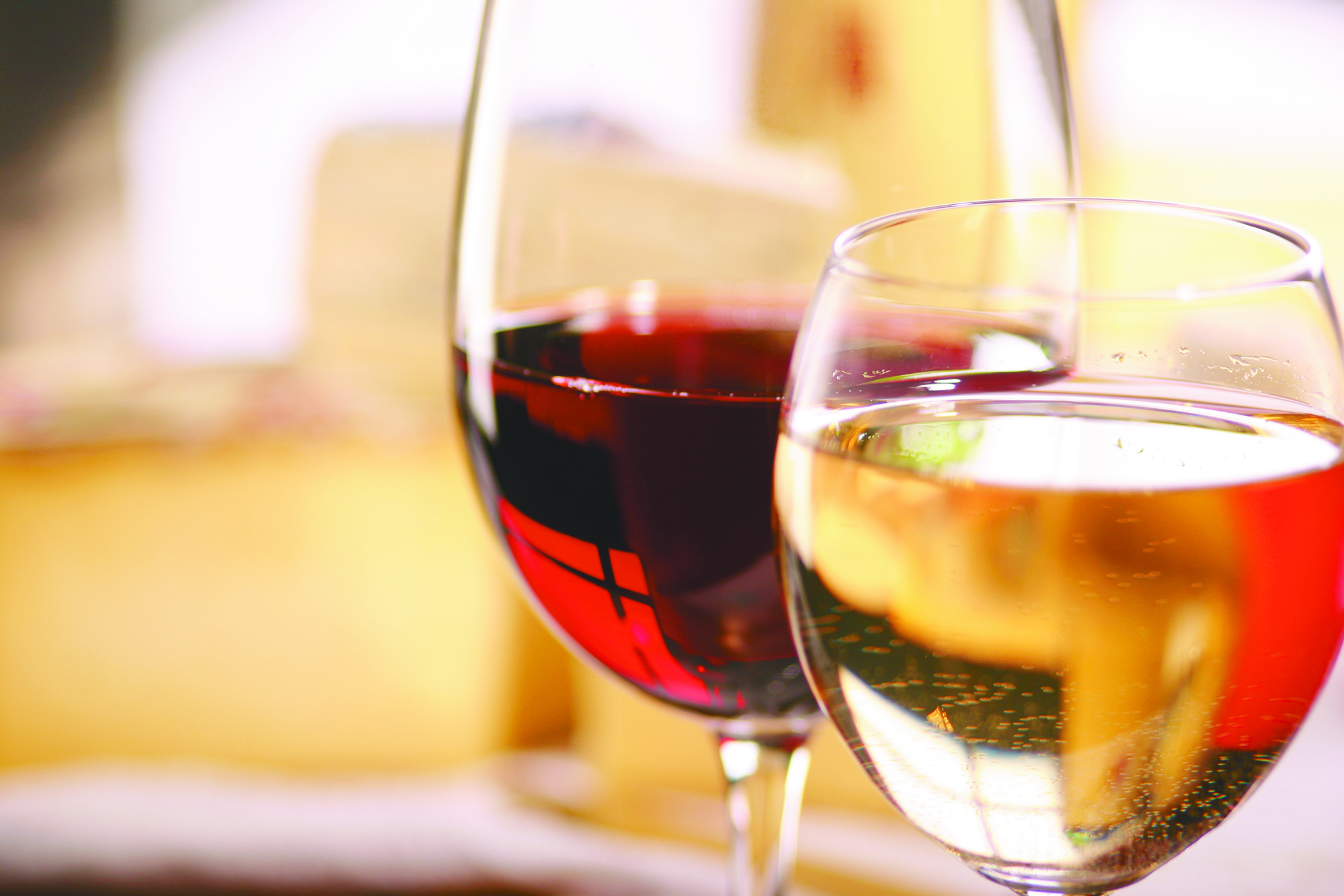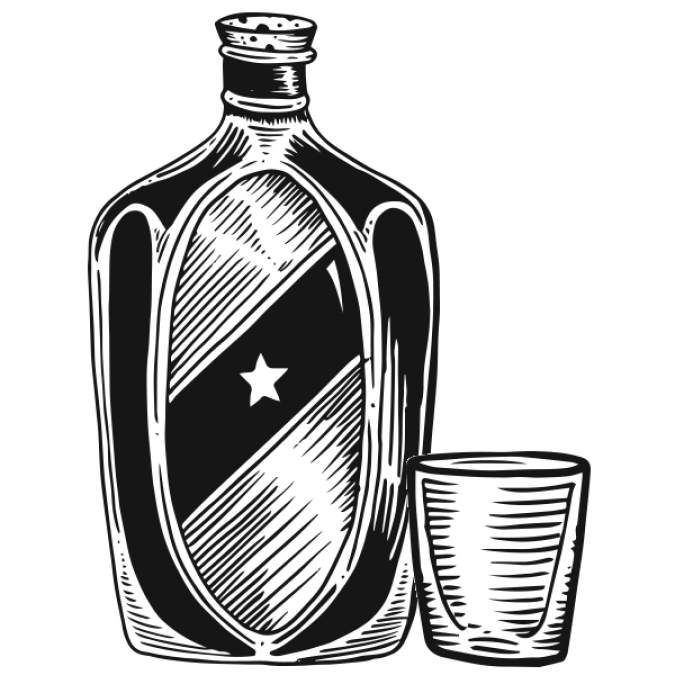One of the odd dichotomies of the restaurant industry is that while most patrons are capable and confident when it comes to ordering food, choosing wine to accompany it is for many a nerve-wracking affair. While there are some perfectly understandable reasons for this, a few simple tips will go a long way toward demystifying the process.
With a bit of thought and self-reflection, you can avoid most of the stress and fear associated with ordering wine, giving you more time to enjoy your meal, the people you’re dining with, and—oh, yeah—your wine. When you sit down to a meal, you should ask yourself (and possibly your tablemates) a few basic questions about your potential wine experience. I’ll unpack each one to help get you started.
What do we like? This is often where the guest/server dialogue can break down. Wine terminology can seem complicated, contradictory, and confusing. Understanding the difference between “sweet” and “fruit-forward” or what “mid-palate weight” means may be beyond you. One way to work around this is to have in mind a few well-known wines you like. Full-bodied Washington cabernets? Subtle Oregon pinot noirs? High-alcohol fruit bombs like Australian shiraz? This is useful information for your server, so he can hone in on the right wine for you.
How much do we want to spend?
This is an important consideration. For most of us, there’s a difference between the bottle of wine we order on a Tuesday night and the one we have for a birthday. Understanding that, most restaurants feature good wine for a reasonable price. One tip is to look for wines from slightly more obscure wine regions: Instead of a right-bank Bordeaux, order a cabernet franc from the Loire Valley; instead of an expensive pinot noir from Burgundy or Oregon, consider a New Zealand one. Granted, going down this road entails a certain risk, but it can also lead to a fun discovery.
Another point: Red wine is generally more expensive than white, because it’s often made using costlier techniques and equipment, requires more aging, and just generally has a cachet that white wine doesn’t. Thus, many of the best values on a wine list are going to be whites—a happy coincidence, because whites are often far more versatile food wines than reds.
Do we want to taste the food or the wine? The “best” answer to this question would be both. That said, finding a perfect pairing is often difficult even for skilled professionals. In almost every case, you have to err on one side or the other. If you’re ordering a heavily oaked cabernet sauvignon and eating halibut, you’re just going to taste the wine. If you order a char-grilled steak and drink pinot gris, you’re just tasting the food. Of course, sometimes an imbalance is appropriate: If you’re ordering a bottle of grand cru Burgundy, the food should take a backseat to the wine.
Want to keep things in balance? Remember that bold flavors require similarly bold flavors: fatty food needs a lot of tannin, acid, or both; spice needs some sweetness; subtler foods need subtler wines. Sometimes the mood or the crowd demands a memorable wine, while other times it needs to be the pedestal upon which a great dish sits.
Do we want an old favorite or something new? For some, trying new things is an integral part of dining out. For others, the experience is about reliving a favorite memory. Neither is right or wrong, but it’s always good to know if you’re in the mood to try something new or not. A good server or sommelier should be able to steer you toward an interesting new wine, but he should also be more than happy to open that bottle you already love.
food@seattleweekly.com
Zach Geballe is a bartender and server at Dahlia Lounge. He has worked in the industry for a decade as a busser, server, and bartender.







